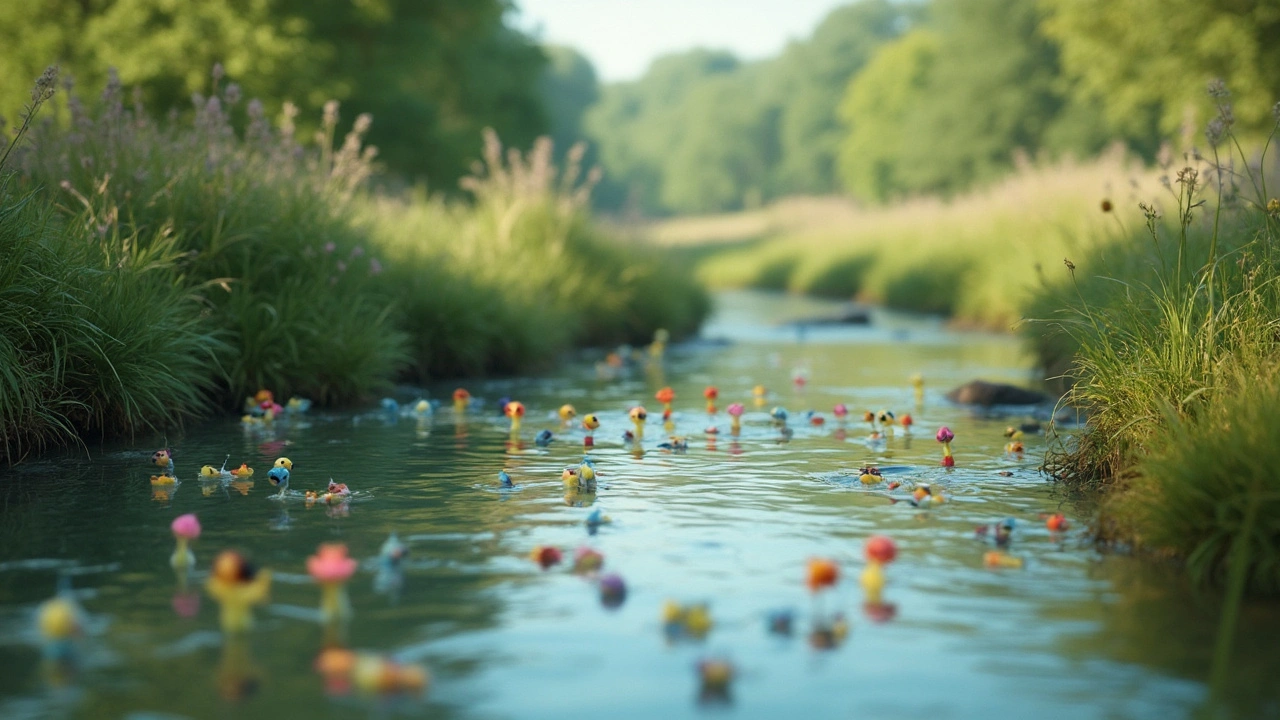You might be surprised to learn that tiny amounts of prescription drugs show up in rivers, lakes, and even drinking water. These traces come from many places: unused pills flushed down the toilet, patient excretion, and waste from drug factories. Even at low levels, some medications can change fish behavior, harm plants, and promote antibiotic resistance.
A few simple actions explain most of the problem. When people flush unused meds or pour liquid medicine down drains, wastewater systems weren’t built to filter out complex drug molecules. Second, people and animals excrete unmetabolized drugs after taking them. Third, manufacturing sites and improper disposal from clinics or homes can release concentrated waste. Some drugs, like hormones and antibiotics, are persistent — they don’t break down easily and can affect ecosystems for years.
The consequences matter. Antibiotic residues in water can help bacteria develop resistance. Hormone-like drugs affect fish reproduction. Painkillers and other drugs change feeding or migration in wildlife. These changes can ripple through a whole ecosystem and, indirectly, affect human health and food supplies.
Start with safe disposal. Don’t flush pills or pour meds down the sink. Use local drug take-back programs or return unused medicine to a pharmacy. If those aren’t available, mix pills with an unattractive substance (coffee grounds, cat litter), seal them in a bag, and throw them in the trash — but only as a last resort.
Ask your pharmacist before you buy or dispose of meds. They can tell you about take-back options and whether a smaller prescription is possible. Only buy what you need and keep a clear medicine list so you don’t reorder duplicates.
When you use antibiotics, follow the exact course your doctor prescribes. Stopping early or using leftovers increases resistance risk. For chronic meds, store and track supplies so unused portions don’t pile up.
Support greener choices. Look for pharmacies and brands that use less plastic and better packaging. Prefer companies that publish environmental reports or follow best practices for waste management. Contact your local representatives and ask them to fund proper drug disposal programs and stricter controls on pharmaceutical manufacturing waste.
Want to learn more? Our site has practical guides on safe drug use, disposal, and how to find trustworthy pharmacies. Check posts on antibiotic choices, safe buying, and prescription savings for steps that protect both your wallet and the planet. Small changes at home add up. Handle medicines responsibly and you help keep rivers, soil, and wildlife healthier tomorrow.
